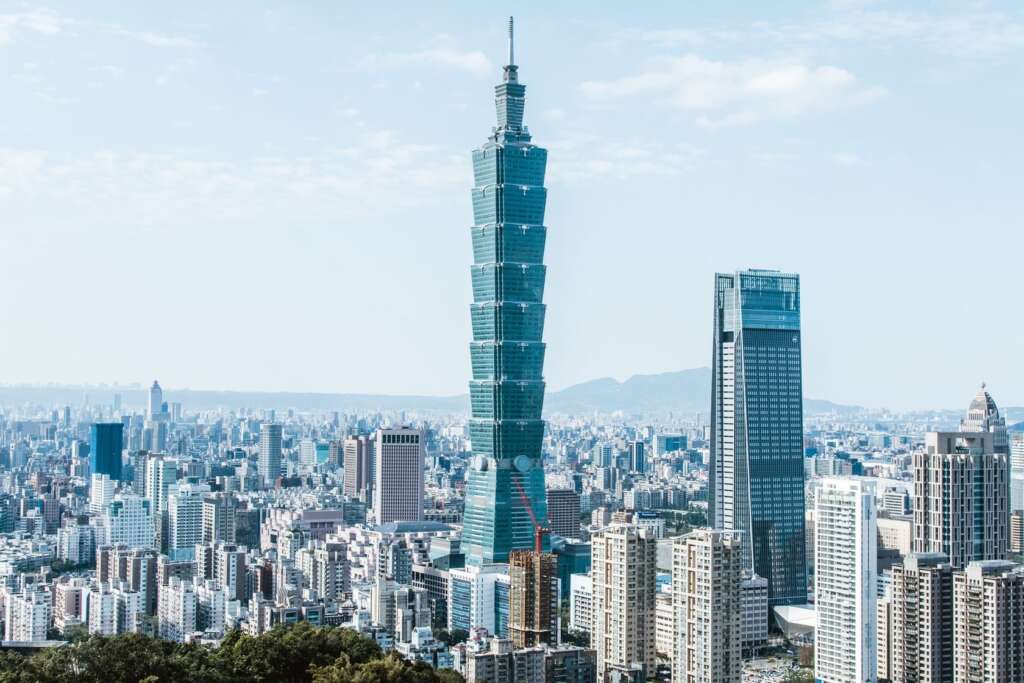Share This Article
Explore top earthquake-resistant buildings from around the world, including Taipei 101 and the Burj Khalifa. Additionally, learn key tips for designing homes in earthquake-prone zones to ensure safety, stability, and durability.
As urban populations continue to grow and natural disasters increase in frequency, earthquake-resistant architecture has become one of the most crucial aspects of modern construction. Whether you’re living in one of the world’s megacities, such as Tokyo or San Francisco, or designing a home in an earthquake-prone zone, it’s vital to understand the technologies and strategies that can protect your home or building during seismic events.
In this combined article, we explore the most iconic earthquake-resistant buildings around the world and highlight essential design tips for creating homes that can withstand seismic forces. From massive skyscrapers to homes nestled in earthquake zones, the same principles of structural integrity, flexibility, and innovative engineering apply. These examples and tips provide valuable insights into how modern architecture can adapt to the unpredictability of earthquakes and protect both buildings and inhabitants.
1. Taipei 101 – Taiwan: Engineering Marvel with a Tuned Mass Damper
Taipei 101, once the tallest building in the world, is a prime example of earthquake-resistant design. Located in Taiwan, one of the most earthquake-prone regions, the building uses an innovative tuned mass damper—a giant steel ball weighing over 660 tons that swings in the opposite direction of the building’s movement during an earthquake. This reduces the building’s sway and protects its structural integrity.
The tuned mass damper works in tandem with a reinforced steel frame and concrete core, ensuring that the building can withstand seismic forces, allowing it to remain stable during even the strongest tremors.

2. Burj Khalifa – Dubai: Strength and Resilience in the Tallest Building in the World
The Burj Khalifa, standing at 828 meters, is the tallest building in the world, designed with earthquake resilience in mind. Despite being in a seismically stable region, the triangular core structure and reinforced steel make it capable of withstanding lateral forces like earthquakes. The tower’s steel frame and shear walls enhance its ability to resist shaking, making it one of the safest skyscrapers worldwide.
The Burj Khalifa demonstrates how seismic engineering is used to prevent buildings from toppling or swaying excessively during earthquakes.

3. Golden Gate Bridge – San Francisco: Seismic Retrofits for Safety
The Golden Gate Bridge in San Francisco is one of the most iconic structures in the world and has been fitted with seismic retrofitting to ensure its survival during an earthquake. The retrofitting includes flexible bearings, reinforced cables, and shock-resistant foundations, all designed to absorb seismic forces and prevent collapse.
The Golden Gate Bridge showcases the importance of updating historical structures to meet modern earthquake-resistance standards.

4. Tips for Designing Homes in Earthquake-Prone Zones:
While massive skyscrapers are built to survive powerful tremors, homes, especially in earthquake-prone zones, also need to be designed with safety in mind. The following tips will guide homeowners, architects, and builders on creating homes that can withstand seismic activity, ensuring safety, stability, and durability.
1. Foundation Matters: Opt for Deep and Strong Foundations
The foundation of a building plays a crucial role in its earthquake resistance. A shallow foundation can cause a building to shift or collapse during ground shaking. To ensure better stability, deep foundations such as piles or pier foundations are necessary. Reinforced concrete or steel can anchor the structure firmly to the ground.
Tip:
Use deep foundations to ensure the home remains stable during an earthquake.
2. Flexible Materials and Construction Techniques
Buildings in earthquake-prone zones must be flexible enough to absorb seismic waves. While rigid buildings are more prone to collapsing, flexible materials like steel and reinforced concrete allow the structure to sway with the motion, minimizing damage.
Tip:
Use flexible materials like steel or timber, and consider cross-bracing to provide better lateral support.
3. Shape of the Building: Symmetry is Key
The shape of the building is crucial for seismic resistance. Symmetrical designs ensure that seismic forces are distributed evenly across the structure. Irregular buildings with multiple wings can sway unevenly, leading to instability during an earthquake.
Tip:
Design homes with simple, symmetrical layouts to ensure uniform distribution of seismic forces.
4. Reinforced Walls and Roofing
Both the walls and roofs are highly vulnerable during earthquakes. To minimize the risk of collapse, these should be properly reinforced using steel, concrete blocks, and trusses.
Tip:
Reinforce walls and roofs with steel or concrete for added structural integrity.
5. Seismic Dampers and Isolation Pads
Incorporating seismic dampers or base isolators beneath the foundation can significantly reduce the impact of earthquakes. These devices absorb shock and vibration, protecting the structure from severe damage.
Tip:
Install seismic dampers or base isolators to protect your home from earthquake tremors.

6. Open Spaces and Proper Ventilation
Open spaces, such as large windows, should be carefully planned. Without proper reinforcement, large windows can shatter during an earthquake, leading to injury. Ensure proper ventilation while maintaining structural integrity.
Tip:
Use reinforced glass and smaller windows for safety and stability.
7. Landscaping Considerations
The landscaping surrounding your home can play a role in earthquake resistance. Overhanging trees or loose soil can cause damage to foundations during seismic activity.
Tip:
Keep large trees away from the house and improve drainage systems to stabilize the foundation.
8. Safe Zones in the House
Identify safe zones in the home where you and your family can take shelter during tremors. These areas should be near load-bearing walls or under sturdy furniture.
Tip:
Create safe zones in areas that are well-secured and clear of heavy objects.
Conclusion
From earthquake-resistant skyscrapers like Taipei 101 to homes designed with seismic resilience in mind, it’s clear that earthquake safety is paramount in the modern world. By incorporating deep foundations, flexible materials, and innovative dampers, we can create structures that withstand the forces of nature and protect those who live in them.
Earthquake-resistant architecture is not just about building safe spaces; it’s about creating environments where people can thrive without fear, even in the face of unpredictable events. As cities and homes evolve, we must continue to prioritize seismic engineering to ensure that the future of architecture is as resilient as it is beautiful.
